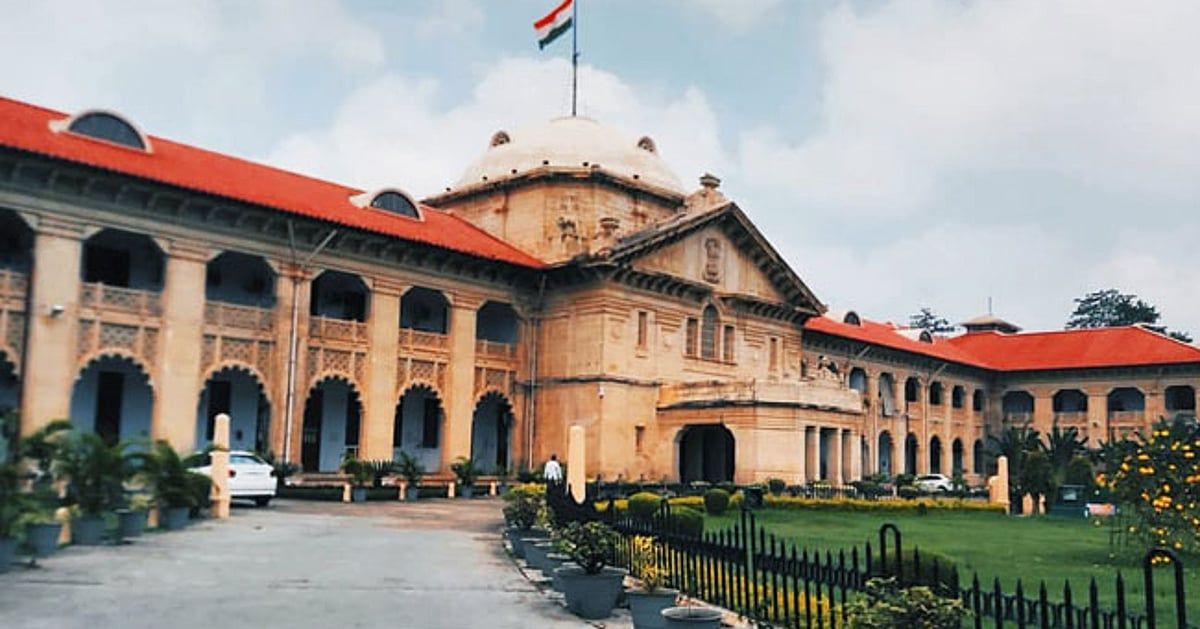Author: Pihu Basotra, a student at Vivekananda Institute of Professional Studies
ABSTRACT:
In recent years, there has been growing concern about the environmental and health effects of fireworks. Consequently, the central government in various states also imposed restrictions and regulations on the sale of used fireworks. This article examines in depth the legal challenges associated with fireworks in India, and includes evidence of causation, context and all conclusions drawn from the existing legal framework issue.
INTRODUCTION:
In the symphony of India’s festivities, the vibrant explosions of firecrackers have long been an inseparable part of cultural celebrations, symbolizing joy, tradition, and communal exuberance. However, against this backdrop of colour and sound, a legal narrative has quietly unfolded, addressing the environmental and public health implications of these festive detonations. This article embarks on a comprehensive exploration of the legal status of firecrackers in India, weaving through the historical tapestry of cultural practices, contemporary challenges, and the intricate legal framework that governs their use.
The firecrackers industry, a crucial player in this narrative, stands at the intersection of tradition and regulation. With roots deeply embedded in India’s cultural heritage, this industry has undergone significant transformations to align with evolving legal and environmental considerations. The juxtaposition of centuries-old practices with modern regulatory frameworks shapes a dynamic landscape where tradition meets responsibility.
LEGAL FRAMEWORK:
The legal framework governing the use of firecrackers in India is complex and multifaceted. The primary legislation governing the manufacture, sale, and use of firecrackers is the Explosives Act, 1884. This Act provides for the regulation and control of explosives, including firecrackers, and imposes penalties for violations. In addition to the Explosives Act, the Central Pollution Control Board (CPCB) has issued guidelines for the use of firecrackers during festivals. These guidelines aim to mitigate the environmental and health hazards associated with the use of firecrackers by limiting their use and restricting the sale of certain types of firecrackers.
The government has also taken several legislative interventions to regulate the use of firecrackers in India. In 2018, the Government of India introduced the Banning of Firecrackers (Control) Order, 2018, which prohibited the sale and manufacture of firecrackers containing more than 35 decibels of noise. In 2020, the Government of India introduced the Air (Prevention and Control of Pollution) Amendment Bill, 2020, which proposed to ban the sale and use of firecrackers during festivals, except for two hours on Diwali.
CASE LAWS:
The legal status of firecrackers in India has been the subject of several significant case laws.
One such case is the Delhi Pollution Control Committee (DPCC) v. Raj Kumar & Ors. In this case, the Delhi High Court upheld the DPCC’s decision to ban the sale and use of firecrackers during festivals, citing concerns regarding air pollution.
In the case of Arjun Gopal v Union of India, the court underscored the seasonal decline in air quality during winters, exacerbated by festive and matrimonial celebrations. Constitutional provisions, including Article 48A and Article 51A(G), highlighting state and citizen duties towards a healthy environment, were diligently examined. Article 25 was emphasized, clarifying that firecracker bursting is not a religious rite. Responding to these concerns, the government has sought to suspend licenses for firework sale and manufacturing as part of environmental mitigation efforts.
In the recent verdict from Supreme Court ruling, a CBI inquiry is now mandated to investigate the incorporation of barium nitrate in firework production. In response to the environmental repercussions of traditional Diwali fireworks on air quality, numerous manufacturers are adopting formulations recommended by CSIR for ‘Green Crackers.’ The court has affirmed a ban on perilous fireworks while endorsing the production and usage of low-emission alternatives. This decision aptly balances the right to engage in the firecracker business with the constitutional right to health. Despite Delhi’s prevailing prohibition on all firecrackers until January 1, the court, led by Justice M.R. Shah, underscores alternative celebratory methods, emphasizing the priority of maintaining clean air.
STATE-WISE RULES ON FIRECRACKERS DURING DIWALI:
Punjab:
The government, led by Bhagwant Maan, has authorized the sale and use of green firecrackers during the festive season, commencing with Diwali. Environment Minister Gurmeet Singh Meet Hayer stated that green firecrackers can be burst from 8pm to 10pm on Diwali, from 4am to 5am and 9pm to 10pm on Guruparv, and from 11.55pm to 12.30am on Christmas Eve and New Year’s Eve. The minister further mentioned that the sale of “chorsa garland” firecrackers and online sales of all types of crackers will be prohibited.
Uttar Pradesh:
In Noida and Ghaziabad, cities in proximity to the national capital Delhi, the police have implemented a ban on the sale of firecrackers. The state government has specified that permission to sell green crackers will only be granted if the air quality index (AQI) falls under the satisfactory level.
Delhi:
The Delhi government has banned the manufacture, storage, sale and bursting of firecrackers, including the green ones, in the city till January 1, 2024 to control pollution levels in winter. The police recently seized 40 kg of firecrackers and arrested a man from south Delhi’s Kotla Mubarakpur area.
Haryana:
Gurugram’s district administration in Haryana has enforced a ban on the production, sale, and storage of all firecrackers from November 1, 2021, to January 31, 2022. However, eco-friendly firecrackers, termed green firecrackers, are exempted during festivals like Diwali, New Year’s Eve, Christmas, and Gurpurab. The designated time for bursting firecrackers is restricted to 8 pm to 10 pm, except for Christmas and New Year’s Eve, allowing activities from 11.55 pm to 12.30 am. This strategic move aims to combat air pollution and cultivate a healthier environment, emphasizing a harmonious balance between cultural celebrations and ecological well-being.
Maharashtra:
The Bombay High Court has granted permission for the bursting of firecrackers during the festival of Diwali, but only for a duration of three hours, between 7 pm and 10 pm. This decision was made in response to a petition seeking clarification on the ban imposed by the Supreme Court on the sale and use of firecrackers in 2018. The court’s ruling also mandated a halt in all construction activities in Mumbai until Diwali, as a precautionary measure to mitigate the worsening air pollution situation in the city.
Karnataka:
The government of Karnataka has instructed officials to limit the duration of firecracker bursting during Diwali to a period of two hours, from 8 pm to 10 pm. The Karnataka State Pollution Control Board (KSPCB) has also formed a special task force to oversee the sale and use of only eco-friendly “green crackers” during the festival. The KSPCB has put forth certain guidelines to ensure that air quality remains within desirable limits. Additionally, the KSPCB has prohibited the sale and bursting of crackers near schools and hospitals.
West Bengal:
The West Bengal government has opted to exclusively retail environmentally friendly firecrackers featuring QR codes during the Diwali festivities. The state’s firecracker market was permitted to operate from November 6 to November 12, spanning from 10 am to 10 pm. The introduction of QR codes serves the purpose of distinguishing eco-friendly crackers, and those lacking labels are deemed unlawful and prohibited. In accordance with government guidelines, the use of green firecrackers is restricted to specific hours: 8 pm to 10 pm on Diwali, 6 am to 8 am during Chhath Puja, and a 35-minute window from 11:55 pm to 12:30 am on Christmas and New Year’s Eve. This strategic decision aims to address air pollution concerns during festive seasons.
CONCLUSION:
Exploring the legal standing of firecrackers in India is a nuanced expedition, shaped by the interplay of cultural importance and environmental considerations. The legal framework is in a state of flux, evident in significant legal precedents and legislative actions. Striking a delicate equilibrium between tradition and regulatory measures necessitates an ongoing discourse to guarantee that festivities do not compromise public health and environmental integrity. As the legal structure adapts to meet contemporary challenges, it is imperative for stakeholders to stay vigilant, ensuring the coexistence of cultural traditions and legal safeguards remains harmonious. This article functions as an informative companion, illuminating the legal complexities that characterize the vibrant celebrations involving fireworks in India.





